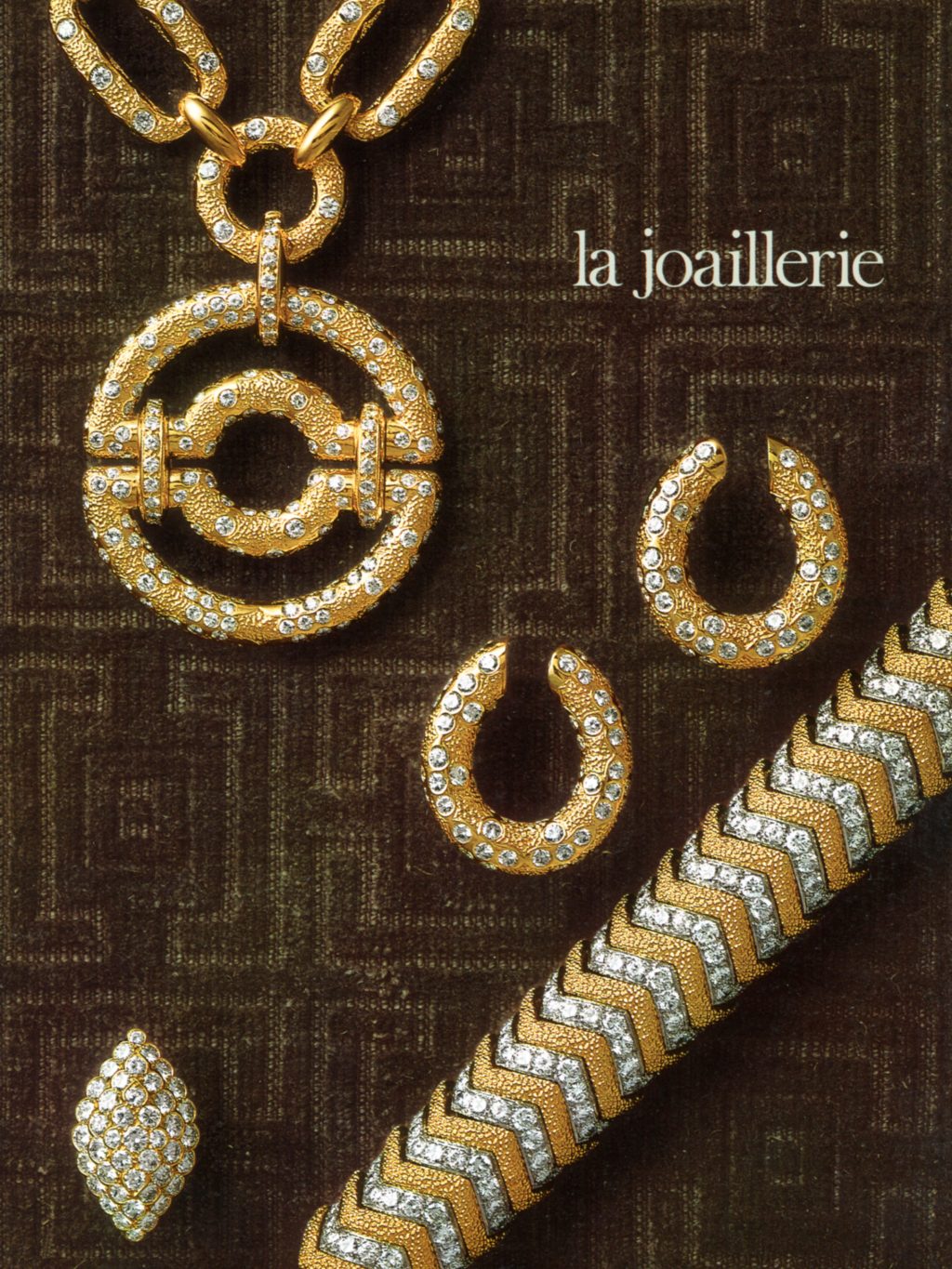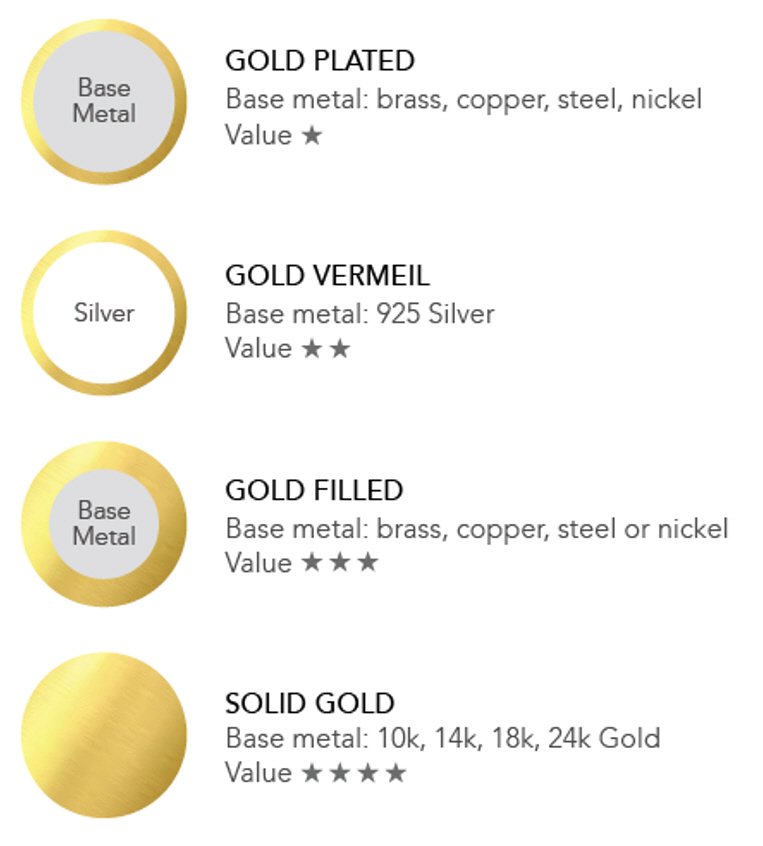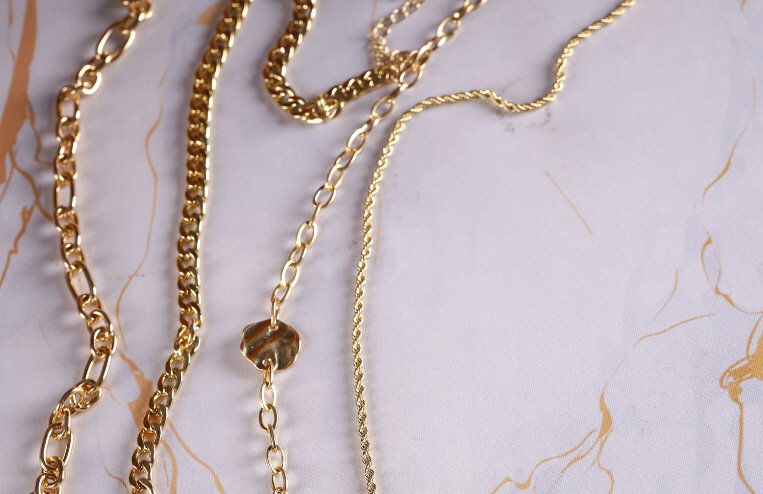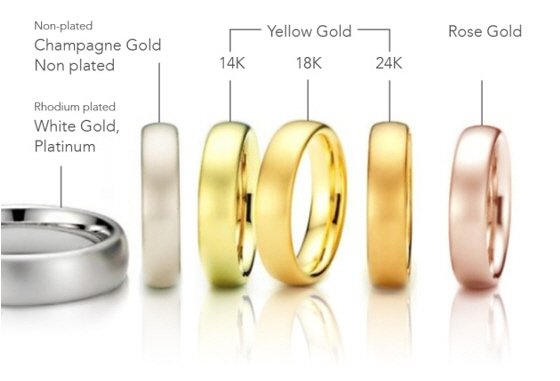
1970s Jewelry: The Era of Social Consciousness and Artistic Expression
In the 1970s, the global economic downturn and social upheaval led to a significant shift in how jewelry was perceived and created. Jewelry, once seen as a symbol of wealth, became a medium for self-expression, reflecting inner values rather than outward status. The cultural climate of the time, with its focus on anti-materialism and questioning of traditional values, encouraged a move toward “luxurious poverty” in fashion.
Key Influences and Trends:
Hippie Culture and Ethnic Styles: The bohemian, free-spirited hippie movement continued to dominate fashion, inspiring the adoption of ethnic and street styles. People sought authenticity in their clothing and accessories, which led to an interest in jewelry that reflected diverse cultural influences. Beads, feathers, and natural materials became popular, often creating a stark contrast with the polished opulence of previous decades.
“Luxurious Poverty”: This concept reflected the notion that luxury could be found in simplicity and rawness. Jewelry became more about individual expression, often with a handmade, rustic aesthetic, and was no longer purely about displaying wealth. This shift was in stark contrast to the opulent, high-society styles of earlier years.
Social and Artistic Change: Designers responded to the new cultural atmosphere by creating jewelry that reflected social consciousness and the desire for authenticity. Jewelry was now seen as an art form that critiqued wealth and status, rather than reinforcing them. Designs became more experimental and sculptural, with an emphasis on form and meaning over tradition.
Van Cleef & Arpels: Despite the changing mood, high-end jewelers like Van Cleef & Arpels continued to thrive, creating opulent pieces using rubies, emeralds, and diamonds set in gold. They drew inspiration from Eastern cultures, especially India, blending Western luxury with rich cultural motifs.
Bvlgari: The Italian jeweler Bvlgari also embraced this era’s love for bold, distinctive designs, creating luxurious yet modern pieces that featured vibrant stones in unusual combinations.
Body Jewelry and Sculptural Pieces: The late 1960s’ fascination with the body continued into the 1970s, with jewelry becoming a form of bodily adornment beyond the traditional rings and bracelets. Designers embraced the curves of the body, creating larger, more sculptural pieces that hugged and flowed with the natural lines of the wearer’s form.
Cartier and Bold Statement Pieces: Cartier’s Coral and Diamond bangle from circa 1970 is a prime example of the era’s trend for vibrant, bold, and unconventional jewelry.
<Van Cleef & Arpels, 1970>
<Cartier; Coral and Diamond bangle, CIRCA 1970>
A New Era for Jewelry Design:
The 1970s marked a transition in the world of jewelry. It became a more introspective and artistic medium, where jewelers explored the potential of jewelry as sculpture, combining beauty with meaning. The focus shifted from pure opulence to a more thoughtful, creative approach to adornment. The era’s jewelry reflected the changing social climate—emphasizing individuality, cultural awareness, and artistic expression.

<Models wearing sunglasses and vinyl necklaces from the Fall 1970 collection>

<Gilles Guy Vidal 'brutalist radio' pendant, 1977>






